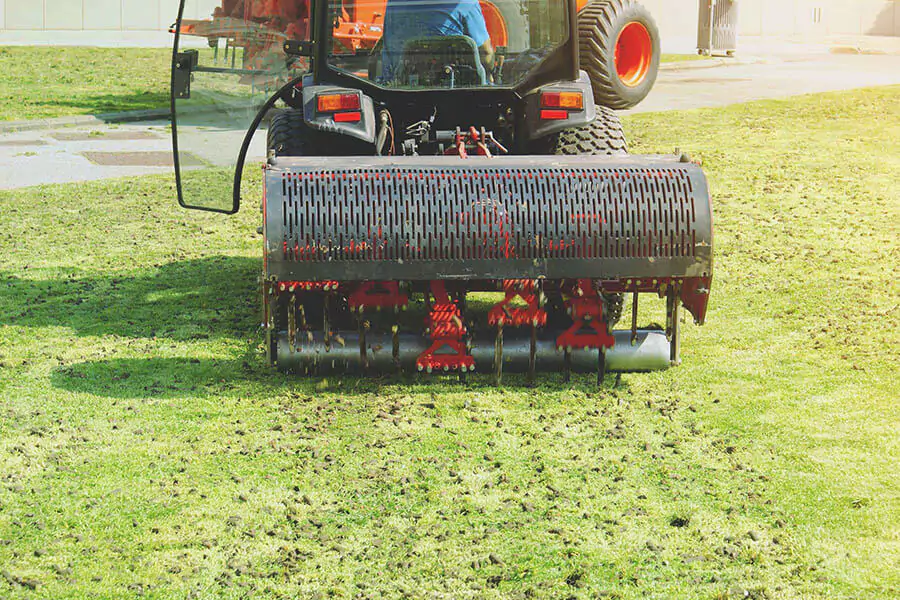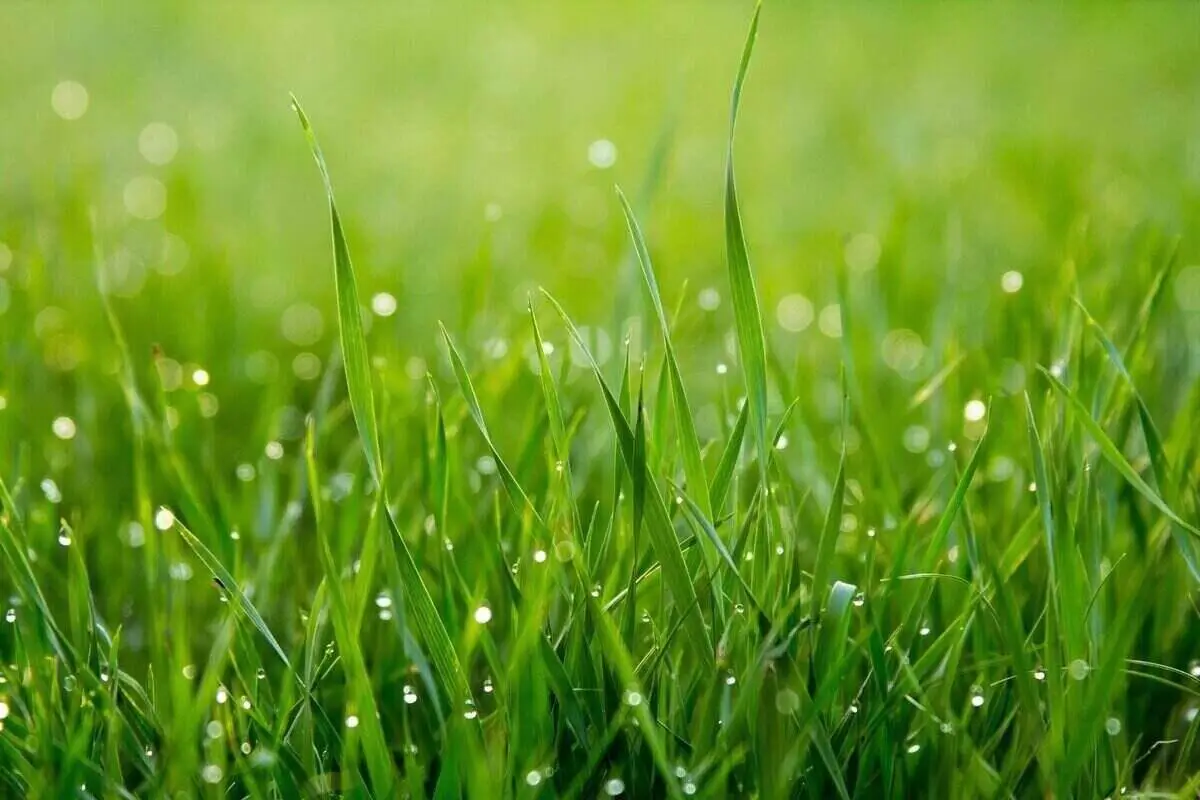Should I Put Anything On My Lawn in Winter?
Last Updated on January 14, 2025 by Duncan
As a responsible homeowner who is used to taking good care of their lawn, you must be wondering whether you should apply anything on your lawn during winter. Well, it depends on your location.
In most cases, lawns stop growing and go dormant due to the cold. To help counteract the discoloration when temperatures drop, consider applying fertilizer on your lawn, primarily if you reside in a warmer climate.
Doing this helps your lawn recover to its best state more quickly, as it will be greener in the spring. Avoid applying anything if you live in an area that experiences a lot of frost.
When the weather warms up, apply fertilizer to help it get started. When you are applying the fertilizer, ensure that you use one that is ideal for the type of grass you have on your lawn.
This calls for you to use a different kind of fertilizer if you have warm-season grass than if you have cold-season grass.
For the best outcome when choosing your fertilizer, look for one with three key elements: nitrogen, phosphorus, and potassium.
Although you’ll need less nitrogen than in the summer, you’ll need considerably more phosphorus and potassium to sustain healthy growth and general grass plant performance.
It doesn’t end there; there are two further chemicals to look for: magnesium oxide and calcium oxide.
Magnesium Oxide is like a bulletproof armor for your grass; it not only promotes early growth when the growing season resumes, but it is also essential for preparing your lawn for the winter season.
Calcium Oxide is even more essential, especially when preparing your lawn for cold weather, since it increases the number of nutrients that you can keep in the soil for later usage, which is quite helpful when frost begins to form on your grass.
Making sure these ingredients are present so that they can give your grass the best chance of remaining healthy during the winter.
Besides applying fertilizer to your lawn, you should also consider applying lime to it, mainly if you have undertaken soil pH tests and the laboratory has confirmed that your soil is too acidic.
Winter is one of the best times to add lime to your grass. This is because this is when the soil is continually moist, allowing the lime to activate and provide a healthy spring pH.
Lime takes around three months to change the pH measurement, so applying it now will provide results in the spring and summer when the lawn is actively growing and absorbing nutrients.
Keep off the grass
Stay off the grass. This is because frost in your yard freezes your grass blades, causing them to snap beneath your feet or car. This appears initially as black markings, followed by brown, dead grass.
If the frost is light and temperatures begin to warm up during the day, a light application of water can help to remove the frost faster and help the grass deal with the shock/stress of the heat.
If the frost is heavy and shows no signs of lifting, do not apply extra water, as this will exacerbate the problem.
Let the lawn breath
Deciduous trees are fantastic to have in the garden. They’re lovely and give year-round advantages, particularly in the winter when they shed their leaves, allowing more sunlight to reach the lawn. However, if you don’t pick up these leaves, the effect quickly fades.
As a result, the lawn becomes more prone to fungal diseases and pests. Do the right thing for your yard by raking or vacuuming the leaves and adding them to the compost container.
Don’t leave anything on your grass. Whether it’s leaves, heavy branches, or gardening equipment on your lawn, you should get rid of it fast before the cold weather sets in.
If you leave anything heavy on your lawn over the winter, your soil will compact, putting it in danger of waterlogging and developing illnesses like fusarium patch, also known as snow mold, which is common in lawns in the fall.
The leaves and heavy equipment also stop sunlight from reaching the grass beneath it, preventing oxygen, water, and nutrients from reaching their destination. As you can tell, this puts your grass at a disadvantage.
Get rid of weeds
Lawn weeds do not only sprout in the spring—you will also have them in winter. One of the most common types of weed is winter grass.
It might sound like a slang phrase for your lawn during the winter, but it’s not. Instead, it’s a troublesome, lime-green weed that develops tufted grass clumps over your yard.
It is an annual weed that emerges in the autumn, grows through the winter, and produces seed in the spring, but sometimes earlier if the weather allows.
On warm-season grasses, it is plainly visible, frequently as the greenest patch in your yard. Its propensity to generate a vast quantity of seeds has allowed it to spread to most parts of the world.
You can remove small infestations by hand, but if they have been seeded in past years, you may have to use chemicals. For large infestations, apply winter grass killer.
This chemical is designed to kill early winter grass seedlings and, at the same time, functions as a pre-emergent spray, protecting future winter grass seedlings for 2-6 months, with milder temperatures typically lasting longer. You should reapply it if fresh seedlings develop.
It’s also normal for weeds to take advantage of your lawn’s weakness throughout the winter, quickly filling in any bare patches or gaps. Bindii and other broadleaf weeds, such as clovers, dandelions, capeweed, cudweed, and thistles, are the primary culprits.
Bindii is an annual winter weed that emerges in April and grows until spring/summer when it produces seed for the following year. These seeds contain a highly unpleasant spike, which allows them to cling to your thongs or feet and spread over your grass.
The most significant period for curing bindii is from June to July. Hit them at this time, and you’ll be able to enjoy your summer lawn barefoot.
Thankfully, there are many products that you can use to kill these weeds.
Stay away from the hose.
Overwatering will significantly raise the risk of turf diseases. As the temperature drops, so should your watering. In fact, most parts of the country tend to receive adequate winter rainfall, so you should avoid watering your lawn at this time.
Mow higher
Mowing higher in the winter will help to prolong the color in the leaf blades; the longer the leaf, the more photosynthesis occurs, and thus the greener it will remain.
With minimal mowing, this is an excellent time to have the mower serviced. Many people overlook the need to keep the mower blades sharp, and this is wrong.
Dull blades rip and tug at the grass, and you’ll notice tiny threads attached to the ends of grass blades where their edges are frayed and torn.
If you see this on your mower blades, it is a sign that you need to sharpen them. Keeping the mower blades sharp results in a better cut and reduces stress on the grass, allowing it to recover more rapidly. Read more about how to keep your blades sharp.
If you are wondering when you should cut your grass last, it varies from one zone to the next, but by November, you will most likely have cut the grass for the last time before spring.
After that, lawn growth will be modest, so you won’t need to mow again until spring when warmer weather returns and lawn growth resumes.


